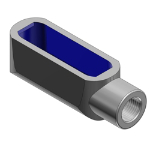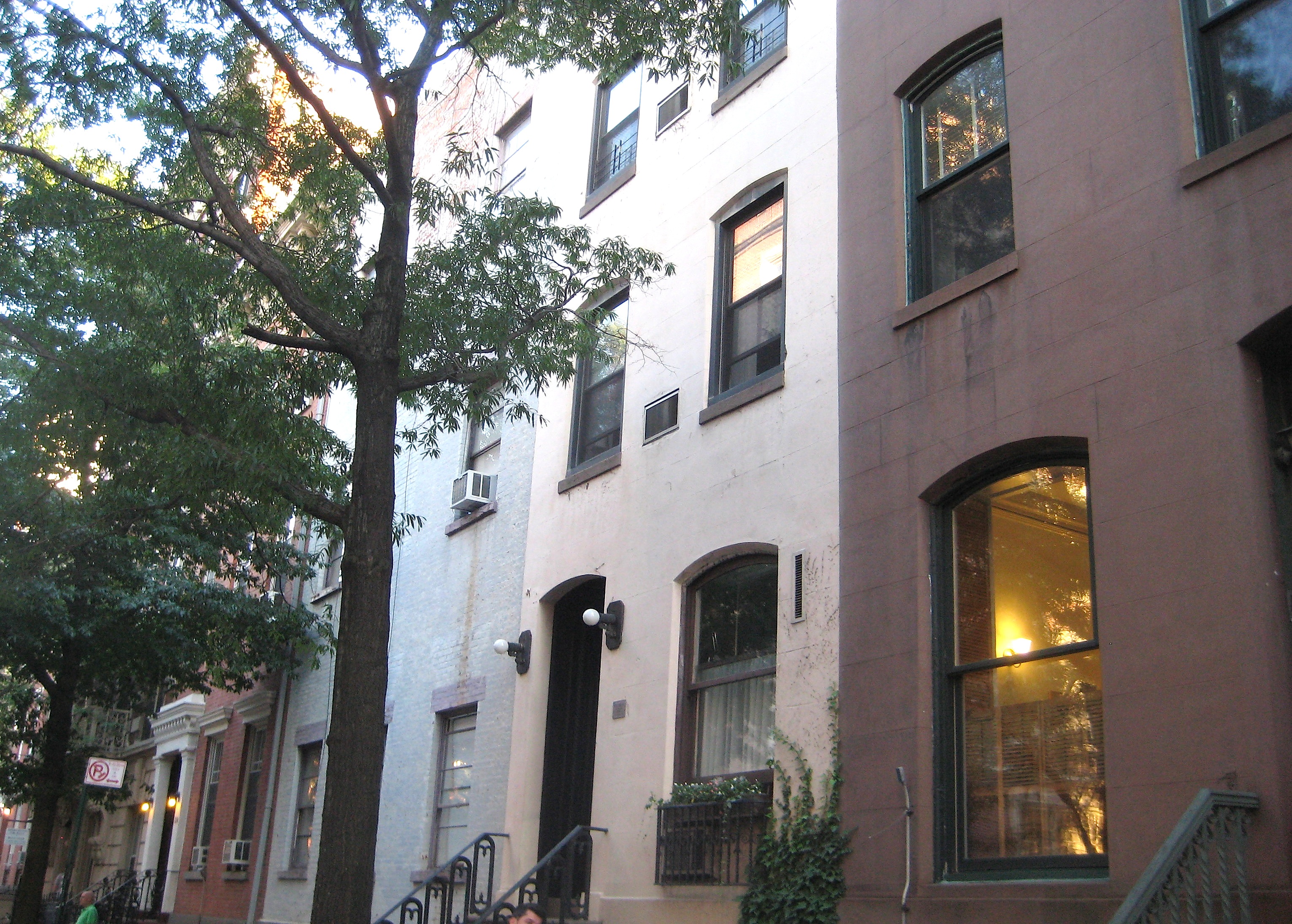Arkansas74
Member
- Location
- Ozark,arkansas
Hi all I have alway been told to secure all junction boxes weather it be on wall or to the bottom or to of a trapeze or strut. We have some contractor come in to hook up some new machines and the ran the conduit about 8 inches to a foot on the other side of the trapeze and mounted a 4sq box to it so the box is only mounted to the conduit. Then ran seal tight down to the machine. Is this legal to only mount the box to the end of emt by the ko? Where does it state in the nec about this I haven't found anything or OSHA take on this.



